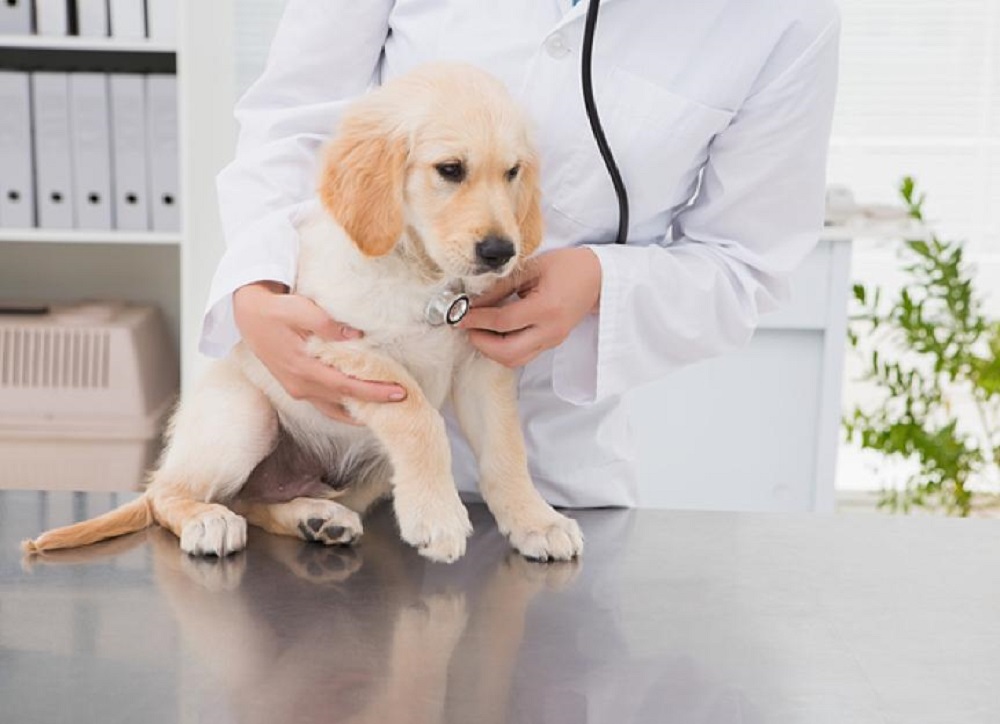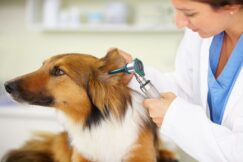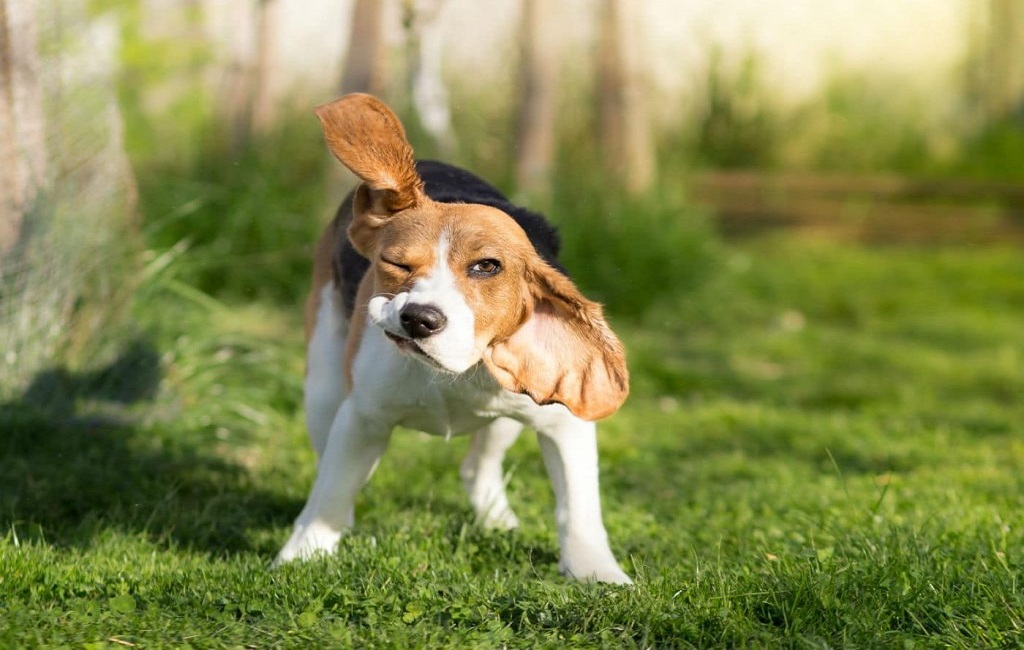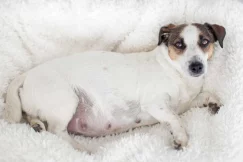Congratulations on spaying your pet! Spaying, also known as ovariohysterectomy, is a common surgical procedure performed on female animals to remove the uterus and ovaries. It offers numerous benefits, including preventing unwanted pregnancies and reducing the risk of certain diseases. After spaying your pet, it is essential to provide proper post-operative care to ensure a smooth recovery. In this article, we will discuss what you should not do after spaying your furry friend to promote healing and prevent complications.
Avoid Skipping Follow-up Veterinary Visits
After the spaying procedure, your veterinarian will schedule follow-up visits to monitor your pet’s recovery. It is crucial not to skip these appointments as they allow the vet to assess the surgical site, remove any stitches if necessary, and address any concerns or complications. Regular check-ups ensure that your pet heals properly and help catch any potential issues early on.
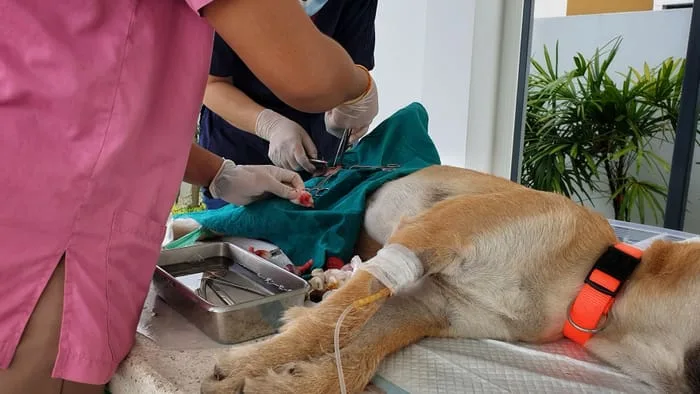
Do Not Allow Excessive Physical Activity
While your pet may be eager to resume their regular activities, it is important to restrict their physical exertion during the healing process. Avoid allowing them to jump, run, or engage in strenuous play for at least ten to fourteen days after the surgery. Excessive physical activity can strain the surgical site, potentially leading to complications or delayed healing. Provide a calm and quiet environment to help your pet recover comfortably.
Do Not Neglect the Elizabethan Collar (E-Collar)
To prevent your pet from licking or chewing the incision site, your veterinarian may provide an Elizabethan collar, commonly known as the E-collar or cone. It is crucial not to remove or neglect the E-collar, even if your pet appears uncomfortable or unhappy wearing it. Licking the incision can introduce bacteria, cause infection, or disrupt the healing process. The E-collar ensures that the surgical site remains clean and protected.
Avoid Bathing or Exposing the Incision to Water
During the recovery period, it is important to keep the incision site dry to prevent infection. Avoid bathing your pet or allowing them to swim until your veterinarian gives the go-ahead. Moisture can interfere with the healing process and increase the risk of complications. If the incision becomes dirty or soiled, consult your vet for appropriate cleaning instructions.
Do Not Feed Inappropriate Diet or Overfeed
Proper nutrition plays a crucial role in your pet’s recovery after spaying. Avoid feeding an inappropriate diet or overfeeding, as it can lead to weight gain and potentially affect the healing process. Consult your veterinarian for specific dietary recommendations and portion sizes to ensure your pet receives the necessary nutrients while maintaining a healthy weight.
Do Not Administer Medications Without Veterinary Approval
If your pet requires pain medication or any other prescription drugs during the recovery period, it is essential to follow your veterinarian’s instructions diligently. Do not administer any medications without proper veterinary approval. Some human medications can be toxic to animals and may interfere with the healing process. Always consult your vet before giving your pet any medication during pregnancy.
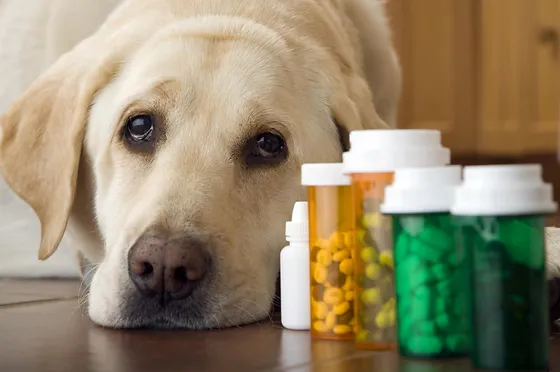
Avoid Exposing the Incision to Environmental Hazards
To promote a safe and smooth recovery, keep your pet away from potential environmental hazards. Avoid exposing them to chemicals, cleaning agents, or other substances that may irritate or infect the incision site. Additionally, prevent them from rubbing against rough surfaces or wearing tight-fitting clothing that may rub against the incision area.
Do Not Delay Seeking Veterinary Help
If you notice any signs of infection, such as redness, swelling, discharge, or if your pet shows signs of pain or discomfort, do not hesitate to contact your veterinarian. Prompt veterinary attention is essential to address any complications and ensure a successful recovery.
Conclusion
Spaying your pet is a responsible decision that offers long-term health benefits. After the procedure, it is crucial to provide the right care and avoid certain actions that may hinder the healing process. Remember to attend follow-up veterinary visits, restrict physical activity, use an E-collar, keep the incision site dry, feed an appropriate diet, administer medications as directed, protect your pet from environmental hazards, and seek veterinary help if needed. By following these guidelines, you can help your furry companion recover quickly and enjoy a healthy and happy life.
FAQs (Frequently Asked Questions)
1. When can my pet resume normal activities after spaying?
The recovery time can vary, but it is generally recommended to restrict physical activity for ten to fourteen days after the surgery. Consult your veterinarian for specific instructions based on your pet’s condition.
2. Can I bathe my pet after spaying?
It is best to avoid bathing your pet or exposing the incision site to water until your veterinarian gives the go-ahead. Moisture can interfere with the healing process.
3. What should I do if my pet licks the incision site?
Licking the incision site can introduce bacteria and hinder the healing process. It is crucial to prevent licking by using an Elizabethan collar (E-collar) or other suitable alternatives recommended by your veterinarian.
4. How can I prevent my pet from gaining weight after spaying?
Consult your veterinarian for appropriate dietary recommendations and portion sizes. Avoid overfeeding and ensure your pet receives a balanced and nutritious diet to maintain a healthy weight.
5. What signs of infection should I look out for after spaying?
Signs of infection may include redness, swelling, discharge, or if your pet shows signs of pain or discomfort. If you notice any of these symptoms, contact your veterinarian immediately.

